All three of these are used in the various stages of the Internet or the World Wide Web. These are used primarily in the form of buzzwords. Thus they lack any clear definitions. However, there is a primary difference between Web 1.0, Web 2.0, and Web 3.0 regarding their evolution and existence.
In this era, users can associate Web 1.0 with the period when static websites existed. On the other hand, we can associate Web 2.0 with the age when interactive websites have been standard. Lastly, Web 3.0 primarily focuses on the primary web services and semantic markup. Here is the Comparison Between Web 1.0, Web 2.0 and Web 3.0.
What is Web 1.0?
It was the first stage of the evolution of the World Wide Web. Only a few content creators were available for Web 1.0, with a vast majority of content consumers. Personal web pages were the most common, consisting of various static pages hosted on free web hosting services or web servers run on an ISP.
Advertisements are banned on Web 1.0 websites while someone is surfing the internet. One can share, store, print, and even share digital pictures on an online photography website known as Ofoto. Web 1.0 acts as a CDN (content delivery network) that enables the piece of the website to be showcased on the website. So one can use it as a personal website. The users would be charged in terms of per page view. It consists of directories that let its users retrieve some set of information.
Web 1.0 refers to the first stage of the World Wide Web evolution. Earlier, there were only a few content creators in Web 1.0, with a massive majority of users who are consumers of content. Personal web pages were standard, consisting mainly of static pages hosted on ISP-run web servers or free web hosting services. In Web 1.0, advertisements on websites while surfing the internet are banned. Also, in Web 1.0, Ofoto is an online digital photography website on which users can store, share, view, and print digital pictures.
Web 1.0 is a content delivery network (CDN) that enables showcasing of pieces of information on websites. It can be used as a personal website. It costs the user as per pages viewed. It has directories that enable users to retrieve a particular piece of information. The era of Web 1.0 was roughly from 1991 to 2004.
Essential Design Elements of Web 1.0
1. Static pages
2. Frames and Tables for aligning and positioning the elements on any page
3. Server Side Includes CGI (Common Gateway Interface) for building pages
4. The server’s file system for serving the content.
What is Web 2.0?
These refer to the worldwide websites highlighting user-generating content (UGC), interoperability, and usability for their end-users. Web 2.0 is also known as the participative social web. Now, this does not refer to any modifications to the technical specification.
Instead, these modify how the web pages must be designed or used. This transition is essential, but these changes are not visible when they occur. Web 2.0 allows collaboration and interaction in the social media dialogue with the content creators of the virtual community. Thus, Web 2.0 is like a comparatively enhanced version of Web 1.0.
While developing Web 2.0, the technologies and web browsers used include AJAX and JS frameworks. These are very popular these days for creating Web 2.0 websites. 2004 When the word Web 2.0 became famous due to the First Web 2.0 conference (later known as the Web 2.0 summit) held by Tim O’Reilly and Dale Dougherty, the term was coined by Darcy DiNucci in 1999. Web 2.0 refers to websites highlighting user-generated content, usability, and interoperability for end users.
Web 2.0 is also called the participative social web. It does not refer to a modification to any technical specification but to modify how Web pages are designed and used. The transition is beneficial, but it does not seem that when the changes occur. Interaction and collaboration with each other are allowed by Web 2.0 in a social media dialogue as the creator of user-generated content in a virtual community. Web 2.0 is an enhanced version of Web 1.0.
Web browser technologies, including AJAX and JavaScript frameworks, are used in Web 2.0 development. AJAX and JavaScript frameworks have recently become a prevalent means of creating web 2.0 sites.
Five Major Features of Web 2.0
1. Free sorting of information permits users to retrieve and classify the data collectively.
2. Dynamic content that is responsive to user input.
3. Information flows between the site owner and site users using evaluation & online commenting.
4. Developed APIs to allow self-usage, such as by a software application.
5. Web access leads to different concerns, from the traditional Internet user base to a broader variety of users.
What is Web 3.0?
Web 3.0 refers to the evolution of the interaction and utilization of the web, including Web altering into a database. Thus, it enables a website’s back-end up-gradation after focusing for a very long time on the front-end since Web 2.0 has been mainly about tagging, AJAX, and various other front-end innovations. On the other hand, Web 2.0 refers to a term that describes multiple evolutions of the usage and interaction of websites among several paths.
The data isn’t owned here but shared, and the services display different views for the same data/website. This web is also known as the Semantic Web. It promises to establish the information available to the world more reasonably than Google with its existing engine schema. It is particularly true from the machine conception perspective compared to the human understanding of algorithms.
Web 3.0 necessitates the usage of declarative ontological languages, such as OWL. These are used to reason the correct information and then make a new conclusion- instead of simply matching the available keyword. It refers to the evolution of web utilization and interaction, which includes altering the web into a database with the integration of DLT (Distributed Ledger Technology blockchain is an example).
That data can help to make Smart Contracts based on the needs of the individual. It enables the up-gradation of the back end of the web after a long time of focusing on the front end (Web 2.0 has mainly been about AJAX, tagging, and other front-end user-experience innovation).
Web 3.0 is a term that describes many evolutions of web usage and interaction among several paths. In this, data isn’t owned but instead shared but still is, where services show different views for the same web / the same data. The Semantic Web (3.0) promises to establish “the world’s information” more reasonably than Google can ever attain with its existing engine schema. This is particularly true from the perspective of machine conception as opposed to human understanding.
Main Features That Can Help Us Define Web 3.0
1. Semantic Web: The next evolution of the web involves the Semantic Web. The semantic web improves web technologies in demand to create, share and connect content through search and analysis based on the capability to comprehend the meaning of words rather than on keywords or numbers.
2. Artificial Intelligence: Combining this capability with natural language processing, in Web 3.0, computers can distinguish information like humans to provide faster and more relevant results. They become more intelligent to fulfil the requirements of users.
3. 3D Graphics: The three-dimensional design is being used widely in websites and services in Web 3.0. Museum guides, computer games, e-commerce, geospatial contexts, etc., are examples of 3D graphics.
4. Connectivity: With Web 3.0, information is more connected thanks to semantic metadata. As a result, the user experience evolves to another level of connectivity that leverages all the available knowledge.
5. Ubiquity: Content is accessible by multiple applications, every device is connected to the web, and the services can be used everywhere.
6. DLT and Smart Contracts: With the help of DLT, we can have a virtually impossible-to-hack database from which one can have value to their content and things they can own. It’s a powerful tool that can make the world a far better place and generate more opportunities for everyone on the internet.
Incidentally, just as the age range of various generations differs depending on who you get the information from, there’s also variance in Web version activity.
For example, some sources classify Web 1.0 as 1990-2000, Web 2.0 as 2000-2010, and Web 3.0 as 2010-onward. We can also say that Web 1.0 helped people find things online better, Web 2.0 enabled people to experience things better, and Web 3.0 helped people create things online better.
Decentralization, blockchain technology, and token-based economics are the core characteristics of Web 3.0 (also called Web 3.0). Web 3.0 (Web3) is a third-generation advancement in web technology. World Wide Web is the term used to describe the primary layer of the internet that provides services for websites and applications.
Because Web 3.0 is continuously expanding and being defined, there is no canonical, widely acknowledged definition. Machine learning and artificial intelligence (AI) will also assist in enabling more intelligent and adaptable applications.











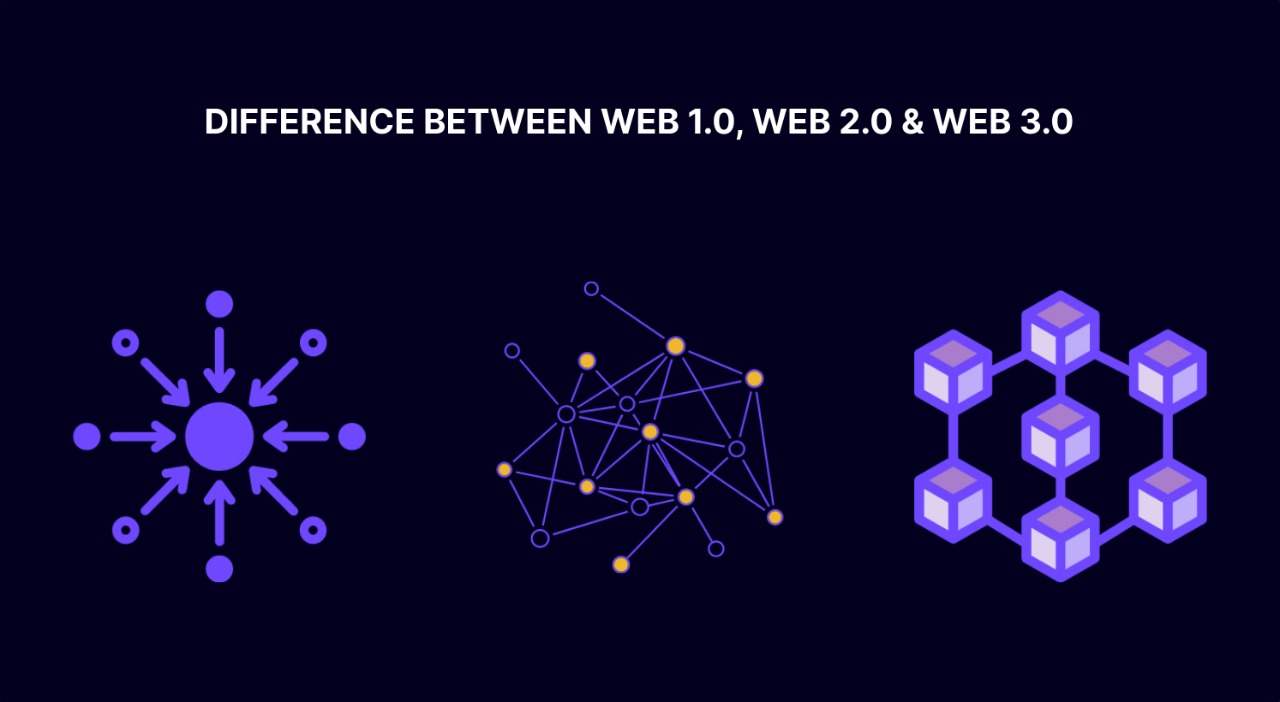
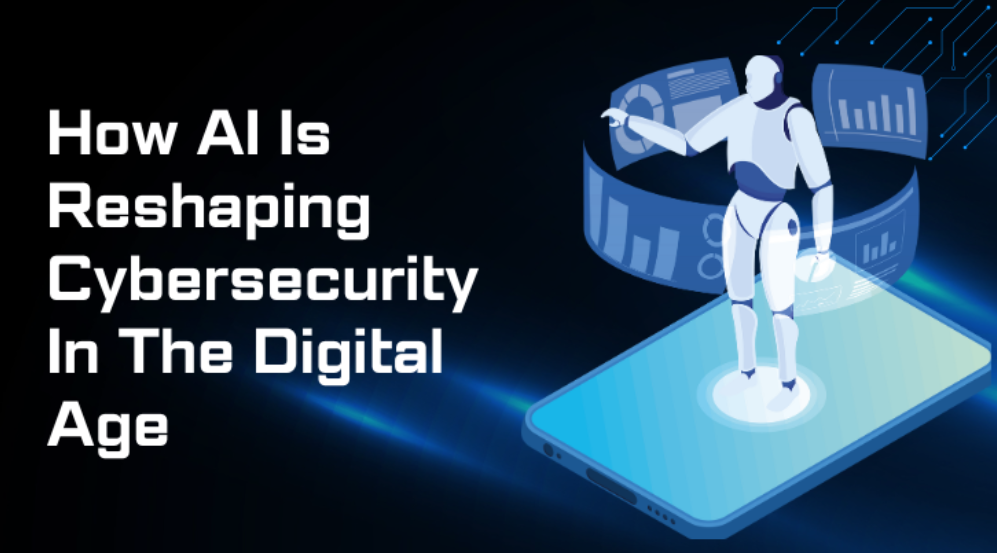
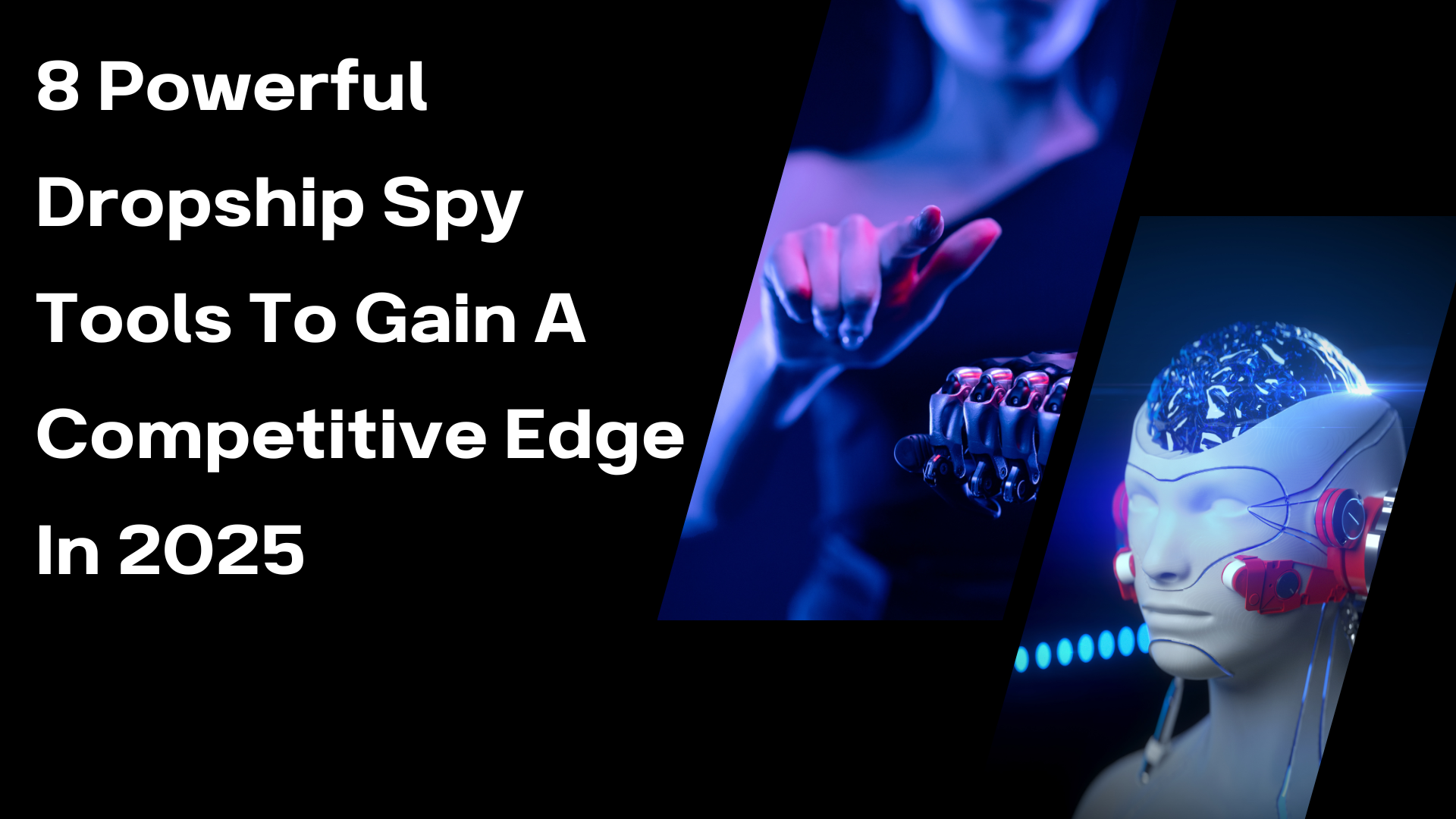
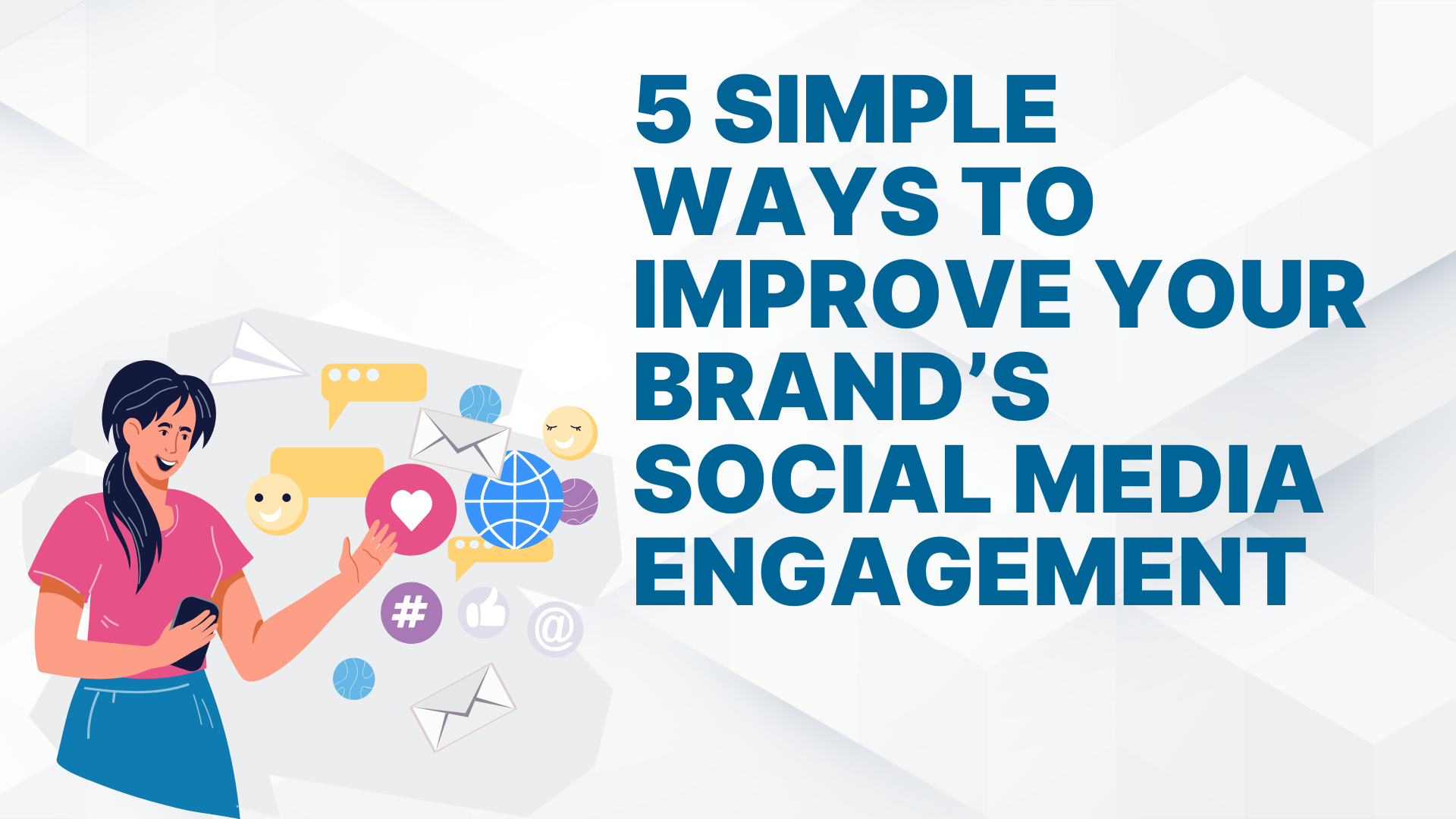
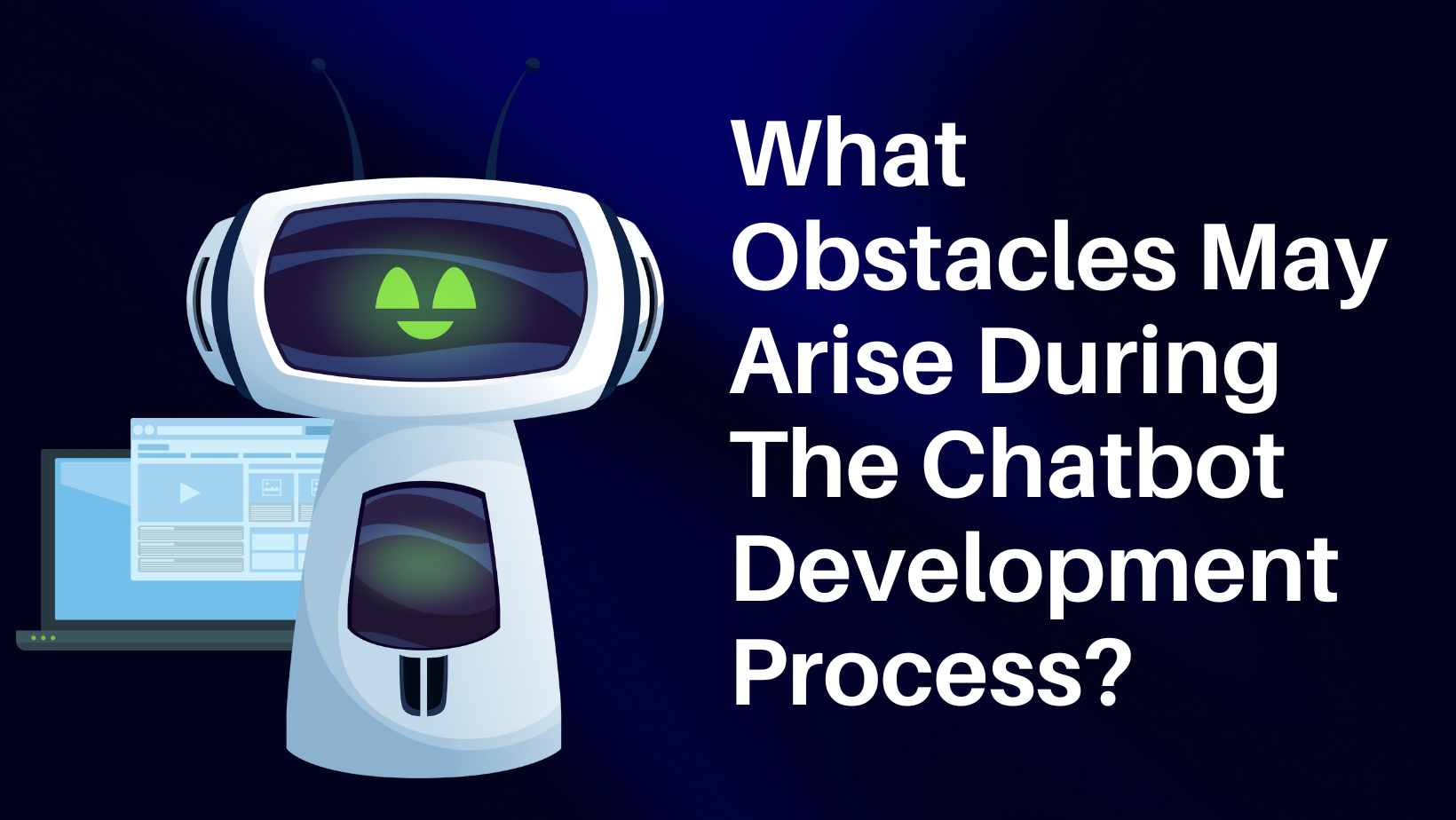

Post Comments